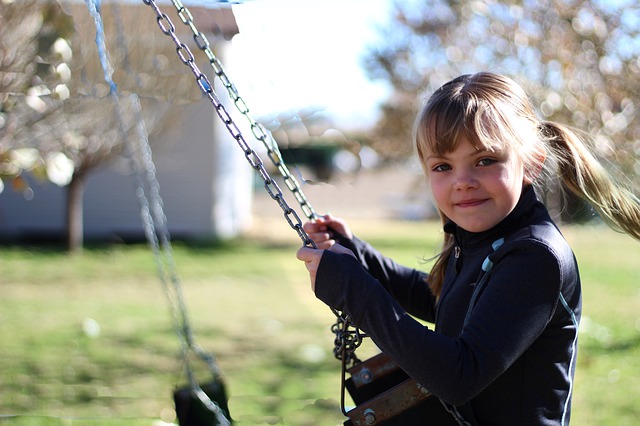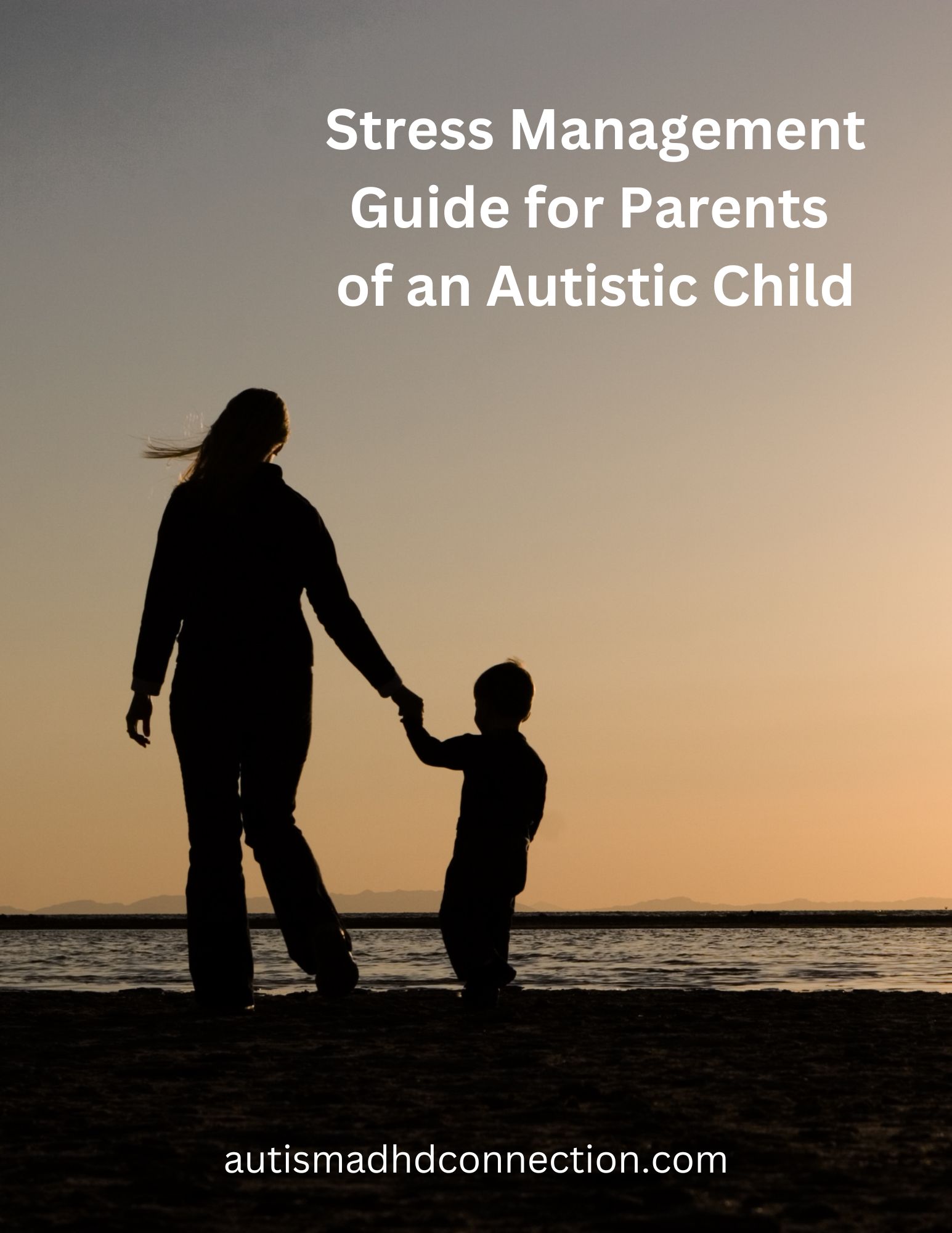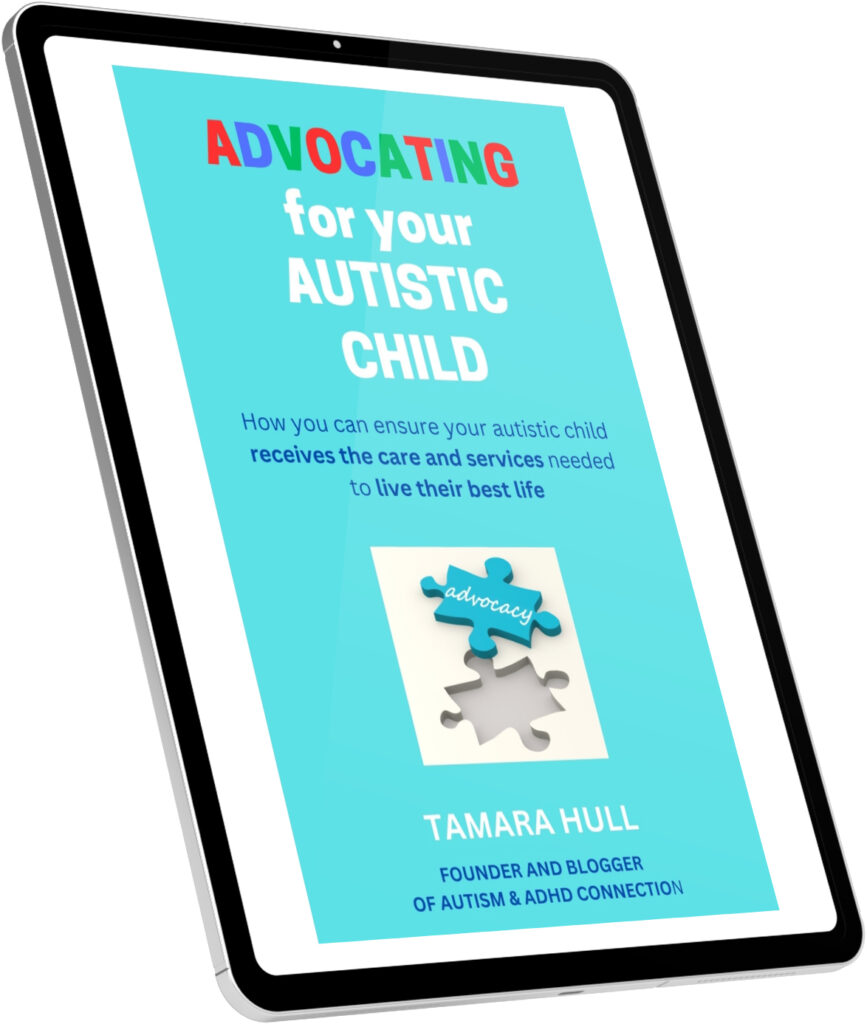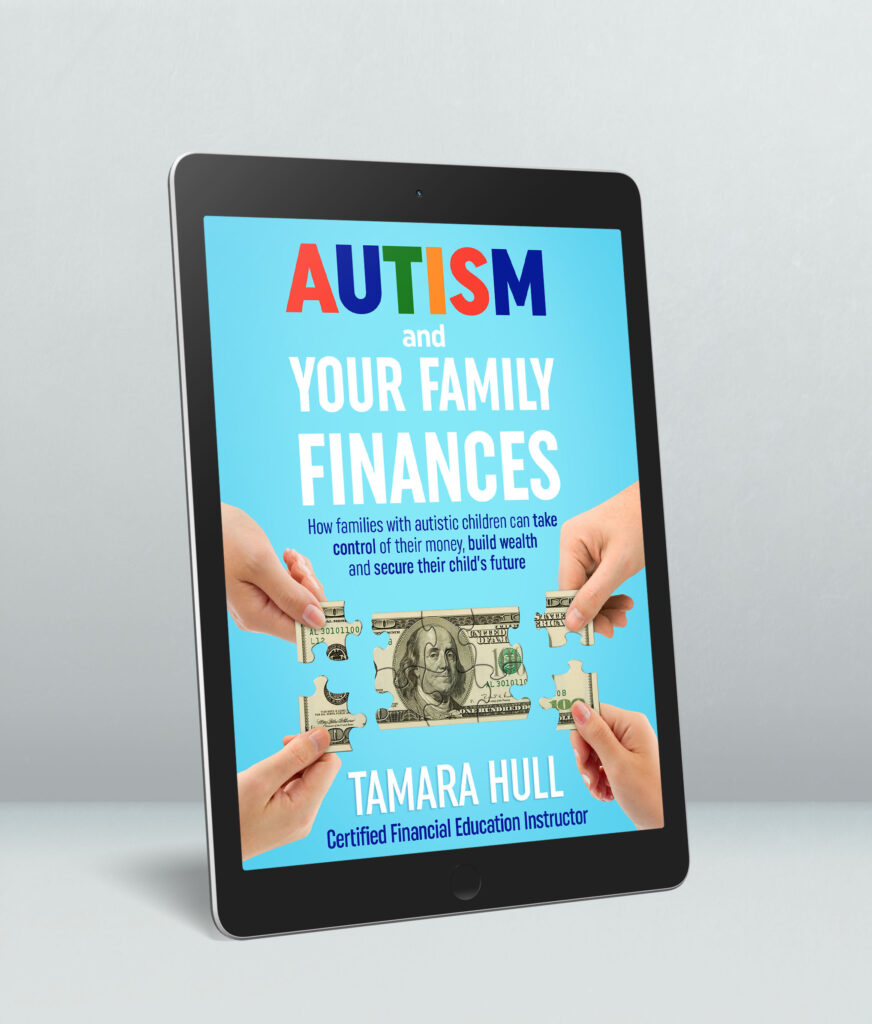As a parent of a child with autism and ADHD, I think one of the most challenging aspects of my child’s care is managing sensory issues. This is quite common for those of us with kids on the spectrum. So, what are the reasons behind the sensory issues; when is it sensory processing disorder and not just sensory issues; and what can you do to help your child?
Reasons why children with autism and ADHD have sensory issues
While the exact cause of sensory issues has not been identified, experts believe the presence of them in people with autism and ADHD are related to the developmental delay of their brains. Scientists believe those with autism have a neurobiological dysfunction in the central nervous system. Sometimes this leads to overstimulation or under stimulation of the person’s senses.
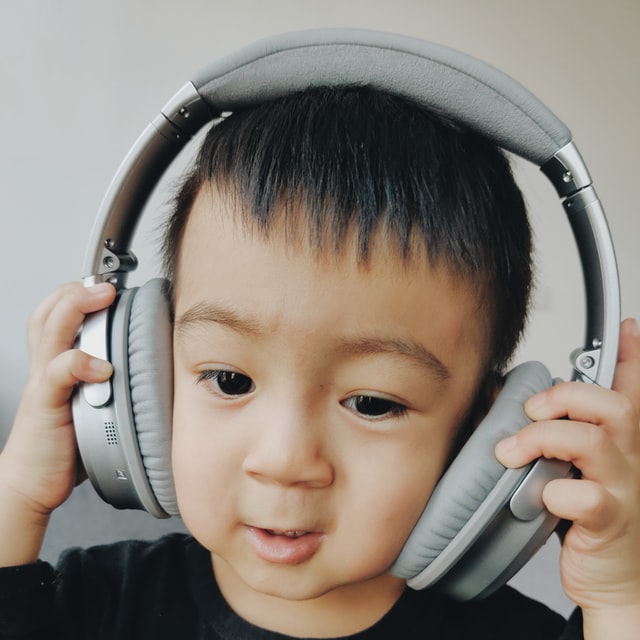
Most common sensory issues
We know that we have five senses: sight, hearing, touch, taste and smell. Many children with autism and ADHD have sensory issues related to these senses. However, there are more “senses” linked to body awareness and balance that also can be impacted. These include:
- Vestibular – The inner ear structure that notes the position of your head and helps keep you balanced.
- Proprioception – The internal sense of your body that helps you maintain your posture and control how your body moves through space.
- Interoception – The sense of what is happening to your body and how you feel. For example, do you feel hot or cold? Can you feel your emotions?
If your child is clumsy, tends to fall and/or seems off balance, it may be due to sensory issues related to vestibular, proprioception or interoception.
Some people on the spectrum are hypersensitive and others are hypo sensitive to these senses. In other words, some are overstimulated (hypersensitive), and others are under stimulated (hypo sensitive).
The most common sensory issues with children who have autism and ADHD include:
- Bright light and light wavelengths
- Loud noises
- Tastes (e.g., textures of foods, intense spice, etc.)
- Strong smells (e.g., perfumes, air fresheners, body lotions, etc.)
- Too light of touch
- Need for deep touch (e.g., is under stimulated, so they need weighted blankets, deep massage, etc.)
Our son J has oversensitive hearing. The school psychologist described it this way to us: a loud flushing toilet in a public restroom sounds as loud to him as 747 jet taking off to us. That really put it into perspective for me. Thankfully, working with an excellent occupational therapist helped J desensitize his hearing so that noise is not so loud to him. It’s still louder to him than it is to us, but it’s more manageable.
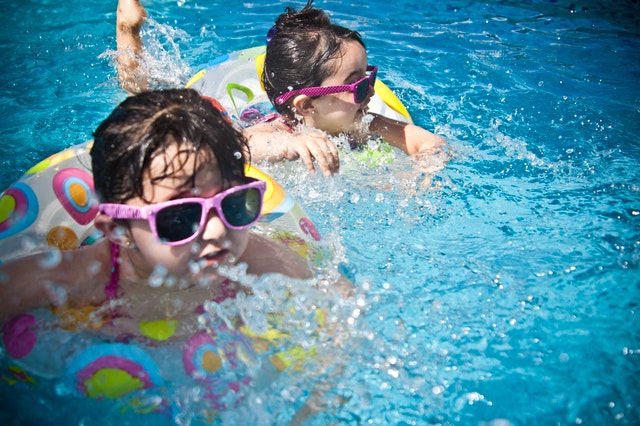
Sensory Processing Disorder
So, if your child with autism/ADHD has sensory issues, does that mean they also have sensory processing disorder? Not necessarily. While some experts may use “sensory processing disorder” and “sensory integration” interchangeably, there are some subtle differences. Sensory integration (or sensory issues) is listed as a common trait of those with autism. People with ADHD also may have sensory integration. Although they are based on the same primary idea, sensory processing disorder is a stand-alone diagnosis.
For more information about sensory processing disorder, check out this Psychology Today article.
Ways to manage sensory issues
As a parent or caregiver, how can we help our children with autism/ADHD with their sensory issues? Here are some suggestions.

1. Lighting
Accommodate lighting by either dimming them or not installing fluorescent or very bright lights. If bright lights are already there (such as in a classroom or outdoors), provide sunglasses or a visor for your child to wear. Fluorescent lights, which are used in many schools, can give off “wavelengths” that may bother your child. The sunglasses or visor may help with this too.
2. Clothing
Avoid buying clothing made of itchy material. Instead stick with soft fabrics like cotton whenever possible. Purchase tag less clothing or cut the tags out of them if they bother your child. Look for socks that are seamless as sometimes seams along the toes of the sock can bother children with autism who have sensory issues. Also, your child may be sensitive to tight clothing so stick with clothes that fit looser. I know that both of my boys tend to wear athletic pants because both of them have sensory issues with tighter and more rigid fabrics like jeans.
3. Sounds
Look for ways to reduce the amount of noise for your child. If you are at home, you have more control over certain sounds, however, things like vacuum cleaners, lawn mowers, blowers and even the washing machine do not come with volume control. Many times, headphones or ear plugs can help your child if they are sensitive to sounds. Also, just closing a door can help too. If your child needs these for school too, don’t hesitate to have them written into their individualized education plans to ensure there are no issues in the classroom.
4. Touch
Ask your child if it’s okay to touch them. Some children with autism and ADHD really do not like to be touched – others require more touch. It’s also helpful to explain to friends and family if your child is sensitive to touch and doesn’t like to be hugged. Let them know a high five or a wave may be a better greeting for your child. For a child who needs deep touch, a weighted blanket or even deep massage may be helpful.

5. Foods
Avoid the foods that your child dislikes because of texture and intense taste. Many children with autism do not like foods with strong flavors such as spice or food that is too hot or cold. I know that our son J does not like “too spicy” food or food that is very hot (heat). Therefore, I generally do not make dishes at home that have too much spice, and I try to put his food on his plate as soon as I can to let it cool a bit before we eat. This doesn’t mean you don’t encourage your child to try new foods. It does mean you respect their sensitivity and not push trying foods with that particular sensitivity.
6. Smells
Eliminating strong smells such as air fresheners, fragrances, soaps, body lotions and other odors can help your child at home. It’s also good to talk to your child’s teacher(s) about their sensitivity to smells, so they can take steps at school to avoid these types of odors as well in the classroom.
7. Tactical
Provide chewing necklaces, fidgets and other items if your child needs stimulation from these, especially at school. This will help them focus on the schoolwork instead of seeking ways to stimulate themselves.
8. Vestibular and Balance
Stimulate your child’s vestibular system by encouraging them to swing, climb, run, play catch and jump regularly. This will help them with any balance challenges they have as well. When J was younger, we had a swing set and a trampoline in our backyard. He spent hours on both, which really helped provide the sensory input he needed.
In general, keeping a meltdown kit with you and your child can provide the tools your child needs to prevent a meltdown or deal with one if it occurs.

Seek treatment
If your child’s sensory issues are interfering with day-to-day life, become unmanageable and/or impede your child’s ability to focus on schoolwork, then you may need to seek treatment. Some of the more common treatments include:
Occupational Therapy – Occupational therapists take a holistic look at your child, including the physical, emotional, social, cognitive and sensory perspectives. They can develop a treatment plan to help with sensory issues for your child by:
- Increasing body awareness to better understand personal space.
- Integrating sensory therapy to improve sensitivities to sound, balance and body position.
- Developing visual skills for reading and writing.
Physical Therapy – Physical therapists create treatments called sensory diets that can provide the sensory input a person needs to better manage their sensory issues.
Speech Therapy – Speech therapists can help through sensory activities that can improve speech and swallowing.
Behavior Therapy – Behavior therapists can assist your child with developing the ability to tolerate sensory issues better.
Does your child with autism and ADHD have sensory issues? If so, what tips do you have for other parents to help their children better manage them? Leave a comment below, so that we can encourage and support one another!

